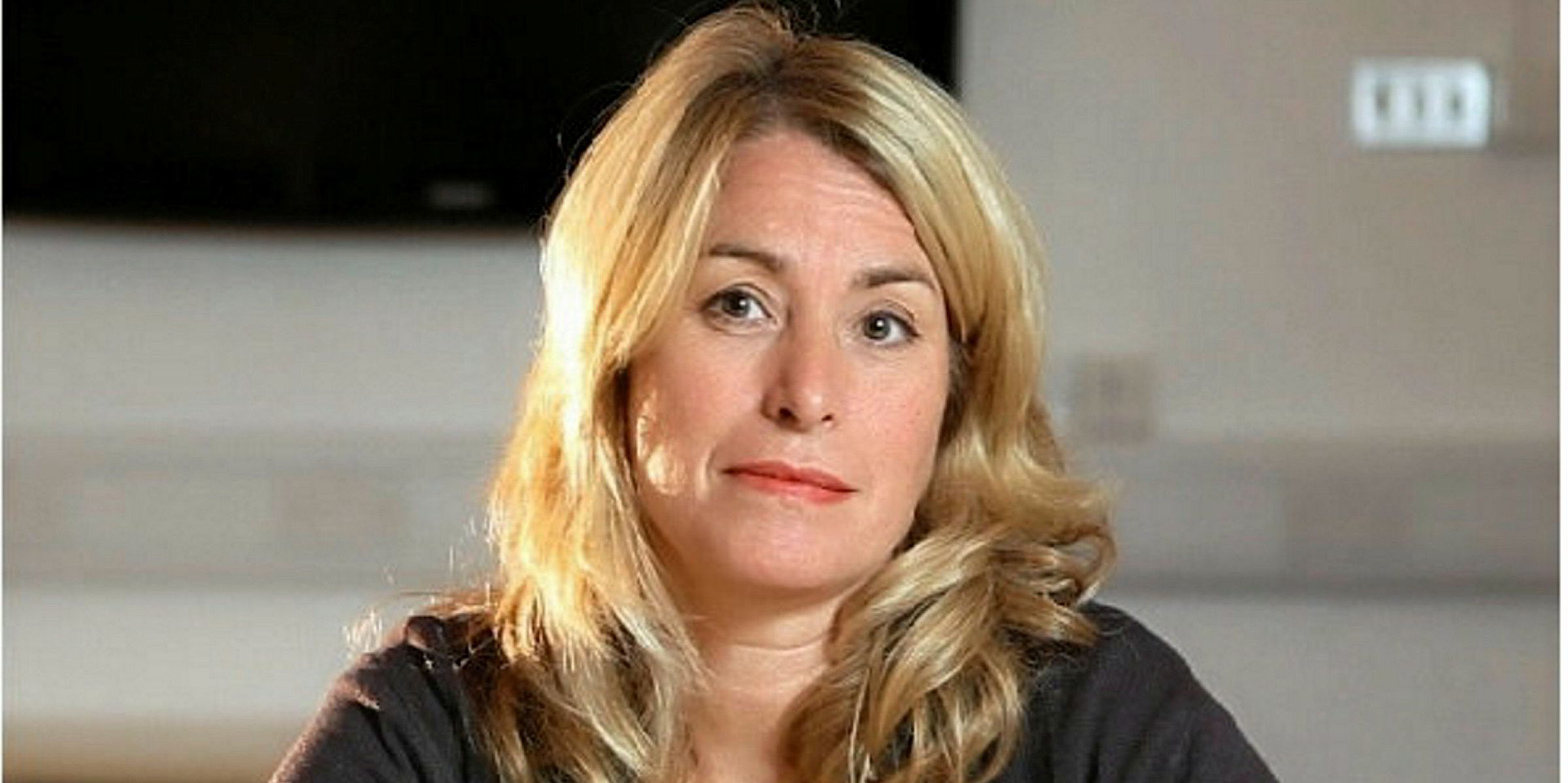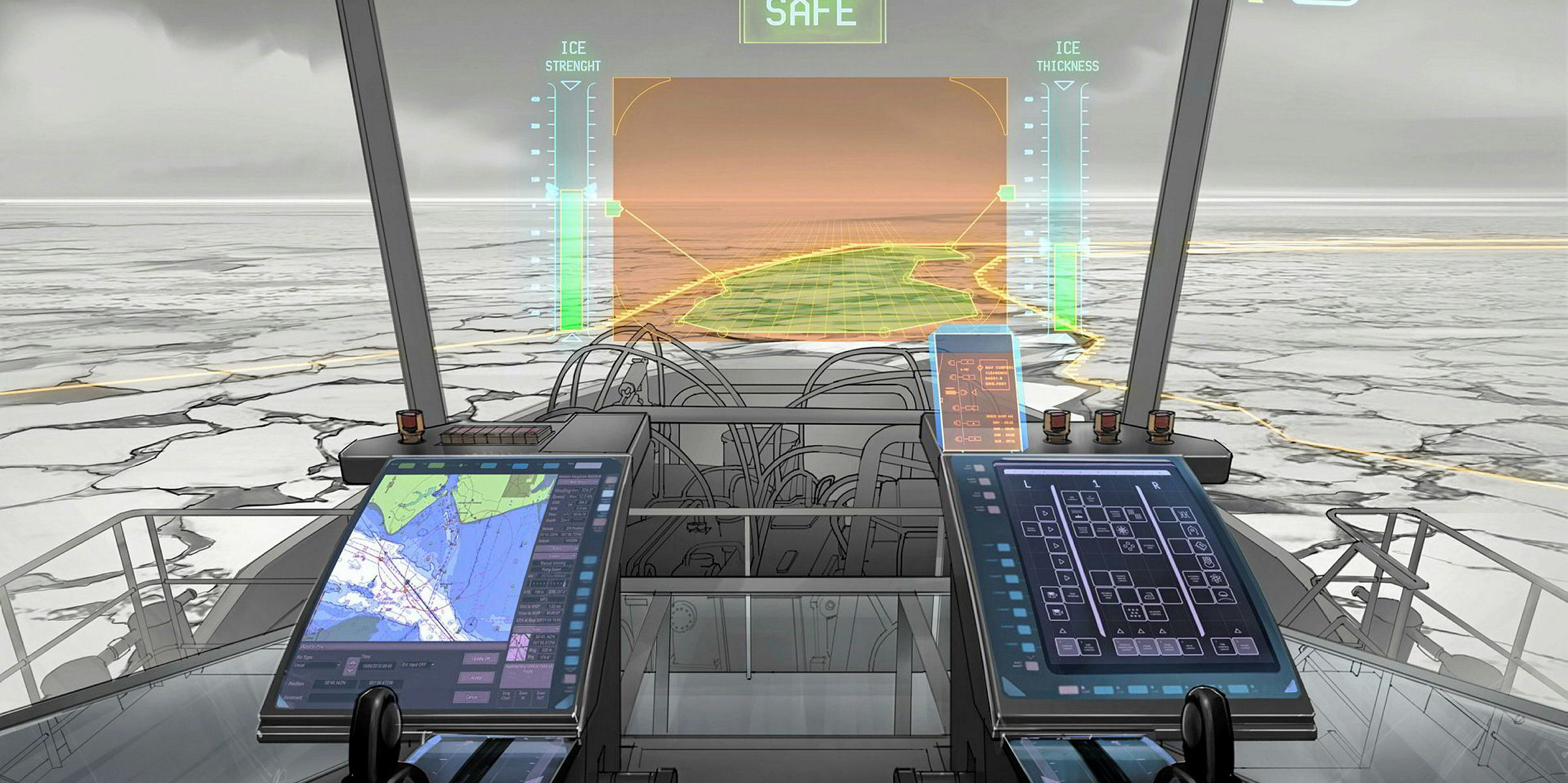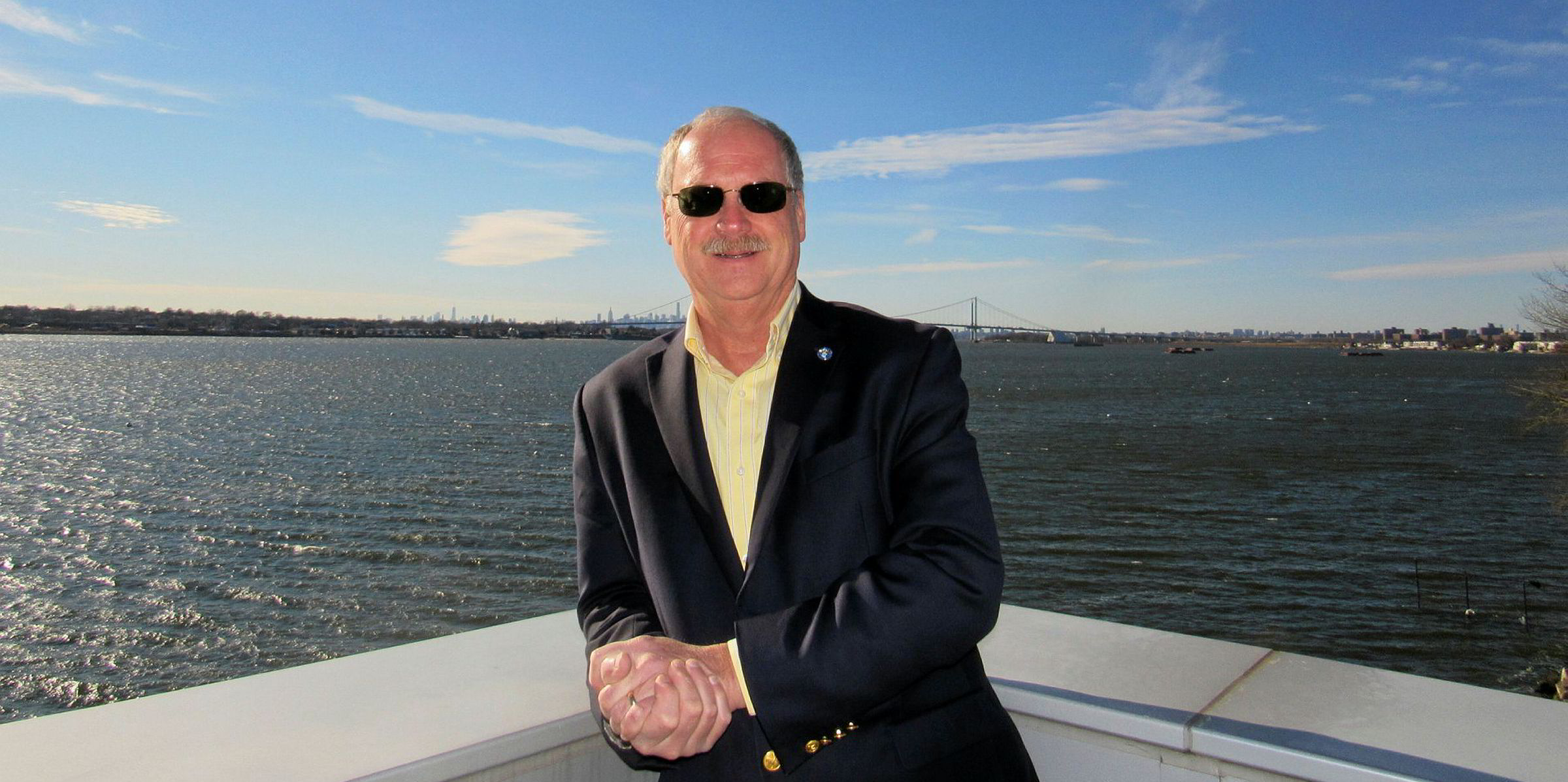Claire Pekcan wants the shipping industry to remember the human element.
A director at Southampton-based Safe Marine and a former professor at Warsash Maritime Academy and Southampton's Solent University, Pekcan sees the industry’s technological push as an opportunity not to replace but augment crew members.
“We can develop systems if we involve the seafarers and the shipmanagers and the superintendents in the design of these systems, because they’ve got the expertise working on board and running ships,” she says. “We can really design technology that assists the human.
Aquanauts not astronauts
“I’ve talked about aquanauts rather than astronauts — highly qualified individuals, fewer in number, supported by technology.”
The World Maritime University, together with the International Transport Workers’ Federation, projected a growth in demand for seafarers over the next two decades in its Transport 2040 study released earlier this year.
But automated ships, the report found, could reduce the global demand for those jobs by 22%.
Those ships are expected to become prevalent in 10 to 15 years as technical and legal barriers are resolved, the report says.

I’ve talked about aquanauts rather than astronauts — highly qualified individuals, fewer in number, supported by technology
Claire Pekcan
Some of those jobs may transition into different forms of work. In a report last autumn by Hamburg School of Business Administration (HSBA) entitled Seafarers and Digital Disruption, the HSBA pointed to the automotive industry, where the number of workers has remained steady over the last 40 years despite the growth of automation. However, maintaining those jobs required new skills.
Seafarer concern
Those projections about jobs at sea and previous experiences have created some issues now, Pekcan says, with some potential seafarers turned off by the prospect that their job could be done by a computer within their lifetime.
“There may end up being a self-fulfilling prophecy that they have to become automated,” she says.
The third option, besides full automation or the status quo, is blending the two in a way that the existing workforce, with its deep knowledge of ships and how they run, can better and more efficiently do their jobs.
She says technology could support human decision-making rather than replacing them entirely.
“We have a fantastic opportunity to do that with what we know about programming and artificial intelligence already,” Pekcan says. “People underestimate what humans do.”
This article is part of the Shipping Digital's Future business focus. Read the full report in our next weekly edition.




